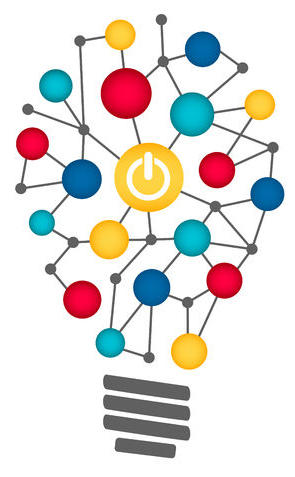About Cadre

Cadre Research Labs (CRL) is a Scientific Computing Research Group specializing in Algorithm and Technology Development within the Pharmaceutical and Forensic sciences. We focus on the use of advanced algorithms, machine learning, statistical modeling, and image analysis in traditionally non-computational fields (e.g., forensics, medicine, biology, finance, retail). Whether it's predicting molecular interactions, future sales, or customer behavior, we provide companies actionable intelligence using tools that allow them to better understand their data.
Data Scientists & Big Data
There's currently a lot of hype about leveraging 'Data Scientists' and 'Big Data'. Companies of all sizes are mining their data to gain sales advantage and research leverage. Most problems in data science are difficult; however, they often can be solved using a set of principled approaches familiar to experienced data scientists. Data Scientists are people like us, PhDs in Computer Science, who specialize in data mining, machine learning, and statistical analysis.
Who We Are
Cadre researchers balance their depth of knowledge and focused expertise with a breadth of experience across the research spectrum. The team is not simply a 'group of programmers', true to the name Cadre, we are a SWAT team designed to tackle the world's toughest computational problems. Team members love the challenge of interdisciplinary research, are passionate about pushing the technology envelope, and are driven to have impact. We live to develop and deploy custom research solutions to the problems faced by industry.
Cadre consists of a core group of PhDs within a broader associate network (see Our Team). We maintain an elite group of creative problem solvers with a wealth of experience in the computational sciences. Our core strengths are complemented with the expertise of a network of external research associates, typically university faculty and others with doctoral-level experience.
Contract Reserach Services
Companies of all sizes, from new startups to multi-national corporations frequently encounter computational challenges that do not have 'textbook' solutions and whose complexity forces one to look beyond 'tried-and-true' methods. Cadre’s contract research services provide your company a competitive advantage by reducing both development and ongoing costs as well as enabling novel functionality.
Technology Transfer
Most academic technologies are too early stage for industrial adoption. A significant challenge lies in successfully 'leaving the sandbox'; moving moving from easier proof-of-concept examples to complex real-world environments. Navigating this transition is one of Cadre’s core competencies. We work directly with academic research groups both to extend their technology and to identify industrial partners. Our goal is to help all organizations successfully integrate research advances.
Our Areas of Expertise
Cadre has a wealth of experience in scientific computing, defined as the use of computational techniques to solve modeling and analysis problems in interdisciplinary applications. These techniques often employ methods from Machine Learning and Artificial Intelligence and can be grouped into several general classes.
- Search and Optimization - The exploration of very large solution spaces. Typically one is trying to find the best answer as defined by an objective or scoring function. Success requires the rapid evaluation of a large number of candidate solutions against observed data. These methods can also identify operational parameters to optimize a process.
- Predictive Modeling - The creation of predictive models capable of answering questions and testing hypotheses. Exploits existing knowledge of the system and relies on accurate assumptions. May involve the modeling of physical systems.
- Image Analysis - Involves algorithms for acquiring, processing, analyzing, and understanding 2D and 3D images. Specific challenges often involve recognition and comparison.
- Experiment Planning - The optimization of an experimental protocol or investigation to minimize resource use, to reduce experimental time, or to increase information yield. Builds from the subfield of planning where a goal is achieved via an optimal sequence of actions.
- Statistical Modeling - The principled use of data to form conclusions and the ability to express a confidence in multiple hypotheses or models. This process is known as statistical inference.
- Pattern Matching and Detection - The identification of patterns or features whose occurrence indicates the presence of a specific event, object, or phenomenon. The desired patterns may be known or unknown. When applied to experiment monitoring these methods can detect the occurrence of an event.
- Clustering, Labeling, and Regression - The task of clustering and labeling involves grouping similar samples and labeling them with a descriptive annotation. For example, tissue samples could be labeled as healthy or cancerous based on their gene expression profiles. Regression is the task of making an informed numerical prediction based on previous data. For example, the cellular growth rate of a sample can be approximated by combining previous experimental data with the sample’s observed features.